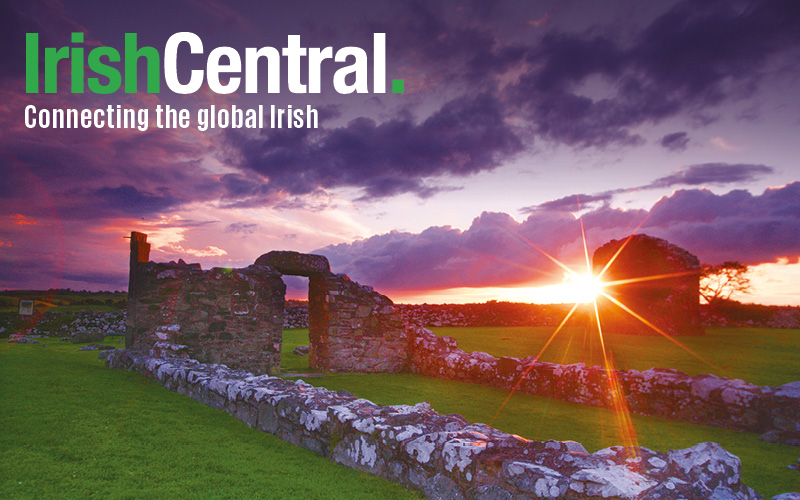The build-up to the 1916 centenary celebrations are well underway, but 2014 marks the anniversary of another milestone in the struggle for Irish independence – the Howth gun-running incident.
On June 26, 1914, the Asgard arrived into Howth harbour, filled with guns and ammunition for the Irish volunteers. The Asgard had been a wedding present for the writer Erskine Childers and his wife, Molly, and they were part of the crew on the gun-running mission. Childers had been instrumental in sourcing the arms, and with help from Roger Casement, negotiated the purchase of 1,500 rifles in Hamburg. These rifles were single shot Mausers dating from the Franco-Prussian war; they still functioned, but many Volunteers later complained about their antiquity.
Only 900 of the rifles could be taken by the Asgard, and they completely filled the cabin. All the sleeping and cooking had to be done on top of the guns. On the return trip to Ireland, the Asgard not only had to sail through a couple of bad storms but also slipped by the biggest ever review of the British navy, preparing for the First World War.
The Asgard arrived at Howth harbour in broad daylight. As well as procuring arms, the whole operation was intended as a propaganda exercise, so little attempt was made to hide from the authorities. British soldiers were sent to intercept the yacht, but Thomas MacDonagh and Bulmer Hobson managed to distract the troops until all the arms had been unloaded and hidden.
The success of the Asgard’s escapade was marred by the shooting of unarmed civilians later that day at Bachelor’s Walk in Dublin. As news spread of the landing of the arms, a crowd of people at Bachelor’s Walk started jeering British soldiers. A shot was fired by a soldier, which lead to a volley of shots aimed at the crowd. Three people died and thirty-eight were injured, with another man dying later from his wounds. This incident shocked the Irish population, and did more to swell the ranks of the Irish Volunteers than the Howth gun-running itself.
Roger Casement was tried for treason and executed after the 1916 Rising. Childers survived the Rising only to be executed by the Free State authorities during the Irish Civil War. However, his son and namesake, Erskine, went on to become president of the Republic of Ireland, dying while in office.
In 1961, the Irish government bought the Asgard and staged a re-enactment of the Howth gun-running.
Éamon De Valera, who was only saved from execution in 1916 by his US passport, was the serving president of Ireland for this re-enactment and played a large part in the ceremony. Several surviving members of the Volunteers also attended, and some of the original Mauser rifles made an appearance.
The Asgard was then commissioned for a short period of time as an official sail training ship. Charles Haughey was the government representative at the commissioning ceremony, being a keen sailor as well as the then Minister for Finance. Ironically, he became embroiled in a gun-running scandal himself during the same time period. Although he was acquitted of all charges in court, he was not given a cabinet role again until 1977.
In 1974, the Asgard was dry-docked and placed in Kilmainham Jail as part of a National Museum exhibition. It was hoisted by crane over the wall into one of the exercise yards, and remained there until 2001, when it was removed for restoration. Since 2012, it has been housed in the National Museum in Collins Barracks.
That’s quite an adventurous century by any standards! Another recreation of the Asgard sailing into Howth has been planned to mark the centenary, though a replica of the yacht will be used. There will also be no rifles at this year’s event.
To find out more, please visit our website at www.irishphotoarchive.ie or email us at [email protected].
Love Irish History? "Like" IrishCentral's History Facebook page now and you'll never miss an update again!




Comments